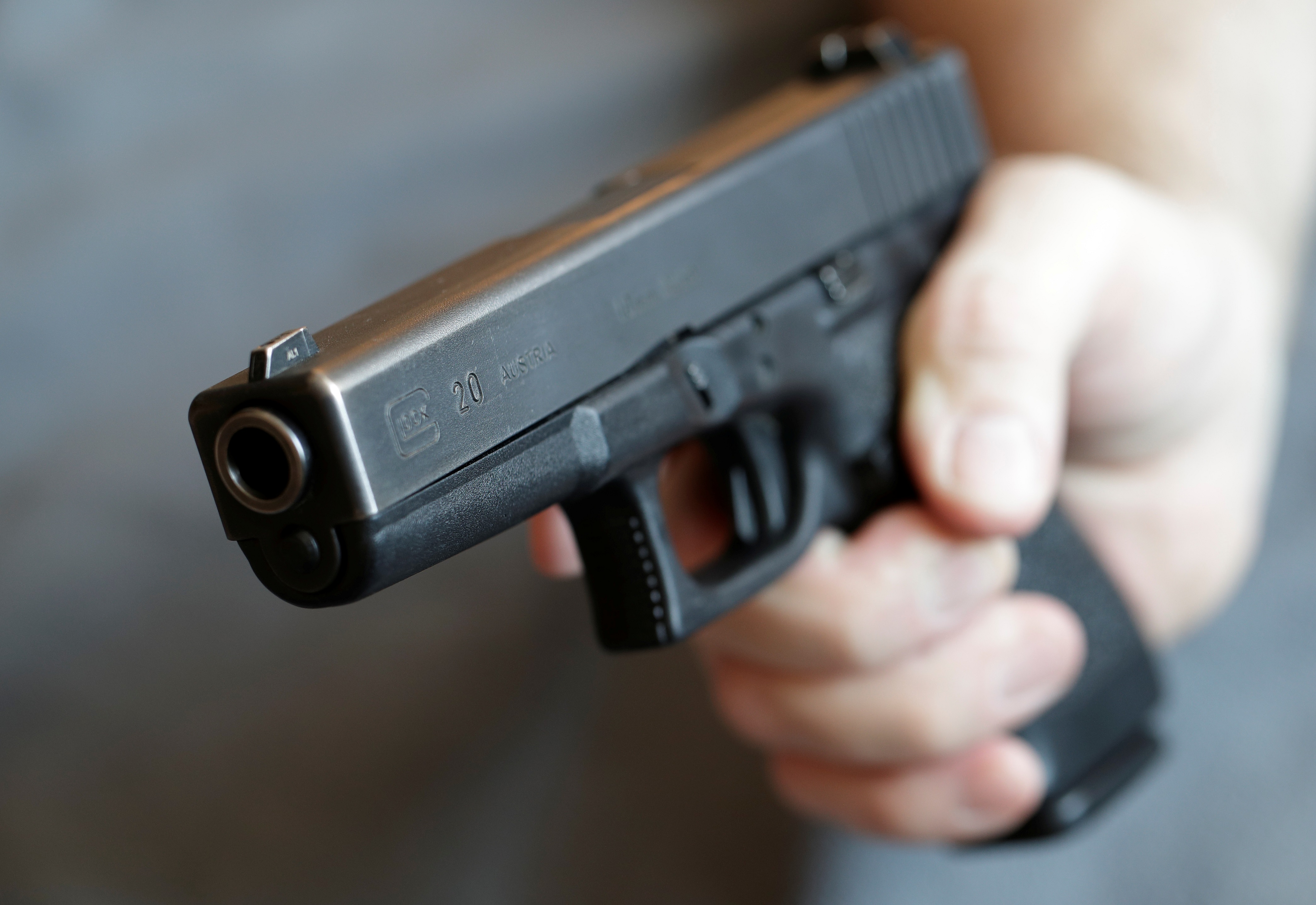Safety and Function of Firearms: Understanding the Basics for Responsible Ownership
Firearms are powerful tools that can serve a variety of purposes, from hunting and sport shooting to personal protection and law enforcement. However, owning a firearm also comes with a great deal of responsibility, as they can be dangerous if not handled properly. In this blog post, we will explore the basics of firearm safety and function, and offer tips for responsible ownership.

Firearm Safety
The first and most important aspect of firearm ownership is safety. Here are some basic safety rules that every firearm owner should follow:
Always assume a firearm is loaded. Even if you know for a fact that a firearm is unloaded, always treat it as if it were loaded. This means keeping your finger off the trigger until you are ready to shoot and pointing the muzzle in a safe direction at all times.
Keep your firearm pointed in a safe direction. A safe direction is one where the muzzle is not pointed at anyone or anything you don't intend to shoot. This means being aware of what is in front of and behind your target.
Keep your finger off the trigger until you are ready to shoot. This means keeping your trigger finger outside the trigger guard until you are ready to fire.
Be sure of your target and what is beyond it. Before firing, make sure you know what you are shooting at and what is beyond it. Bullets can travel long distances and can be deadly even after passing through a target. Click here to Buy guns online and discover our vast selection of firearms on our website!
Store your firearm safely. When not in use, firearms should be stored unloaded and in a secure location, such as a gun safe or locked cabinet. Ammunition should be stored separately.
Firearm Function
Understanding how a firearm works is also an important aspect of responsible ownership. Here are some basic terms and concepts to be aware of:
Action: The mechanism that loads, fires, and ejects cartridges or shells from a firearm.
Barrel: The long, cylindrical tube that the bullet travels through when fired.
Caliber: The diameter of the bullet or the bore of the barrel. It is important to use the correct caliber of ammunition for your firearm.
Magazine: The container that holds cartridges or shells and feeds them into the action of the firearm.
Safety: A device that prevents the firearm from firing when engaged.
Trigger: The mechanism that releases the hammer or striker to fire the firearm.
Recoil: The backward movement of the firearm after firing.
Tips for Responsible Ownership
In addition to following basic safety rules and understanding firearm function, here are some tips for responsible ownership:
Get trained: Taking a firearms safety course is a great way to learn the basics of safe firearm handling. Many ranges and gun stores offer courses for beginners.
Practice: Regular practice at the range can help you become more comfortable and proficient with your firearm.
Store your firearm safely: Firearms should always be stored unloaded and in a secure location, such as a gun safe or locked cabinet. Ammunition should be stored separately.
Know and obey local laws: It is important to be familiar with your state and local laws regarding firearm ownership, use, and transport.
Be a responsible ambassador: As a firearm owner, it is important to be a responsible ambassador for the sport.
Always follow safety rules and be respectful of others when using firearms. Owning a firearm is a serious responsibility that requires knowledge, skill, and respect. By following basic safety rules, understanding firearm function, and being a responsible ambassador, firearm owners can enjoy their sport while minimizing the risk of accidents or misuse.
If you are considering purchasing a firearm, take the time to educate yourself and seek out training from qualified instructors. Remember, safety always comes first.
